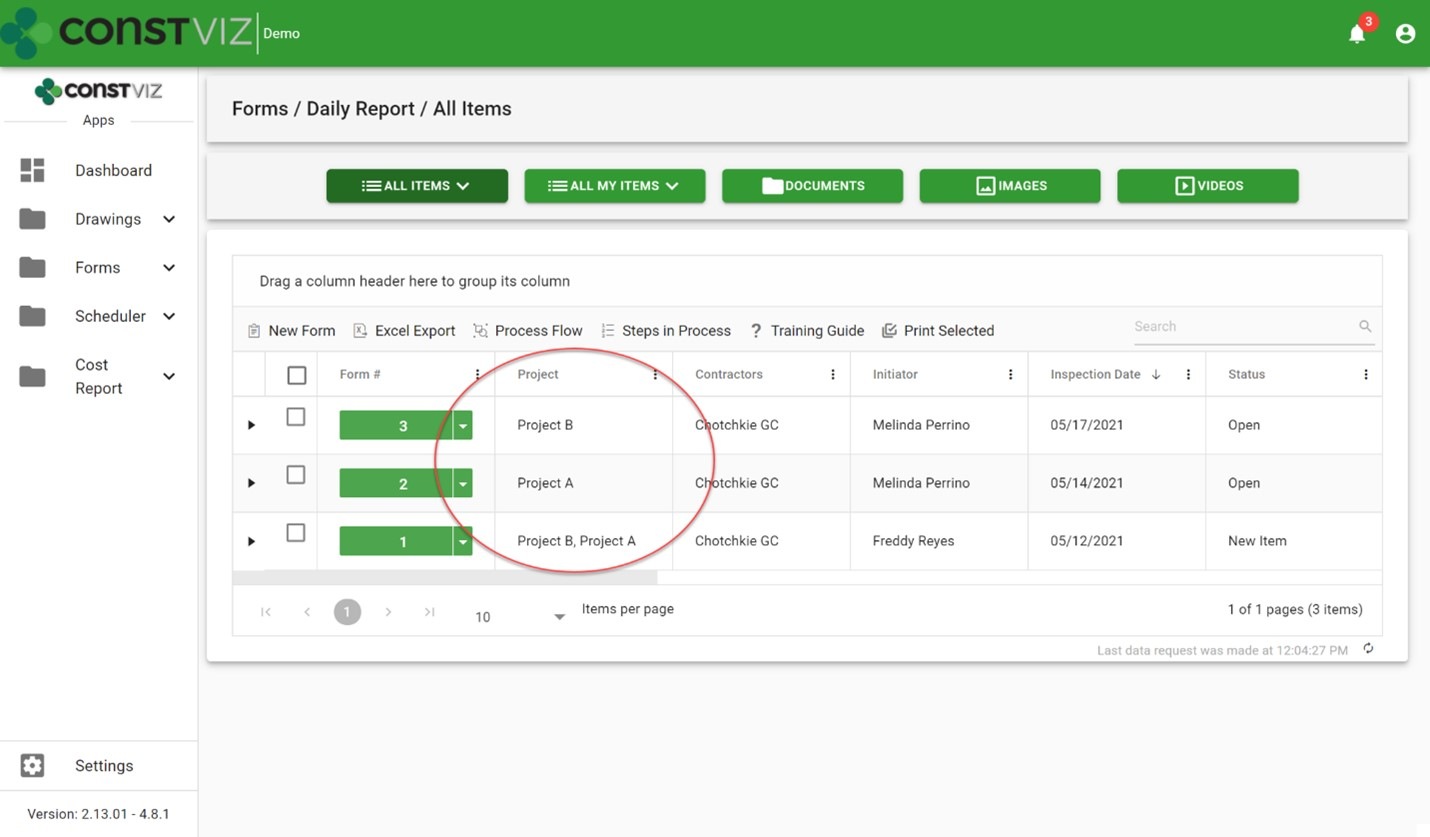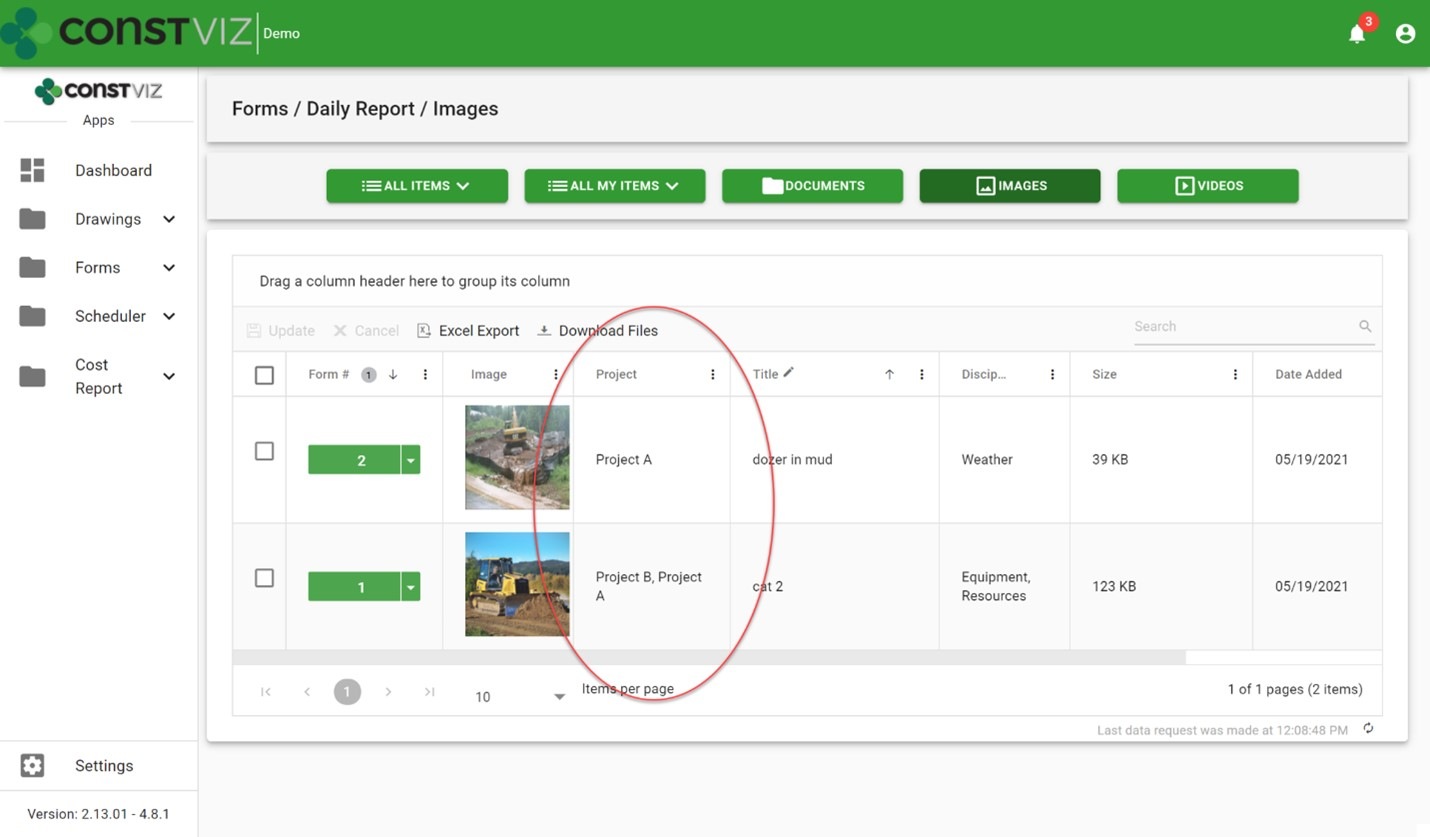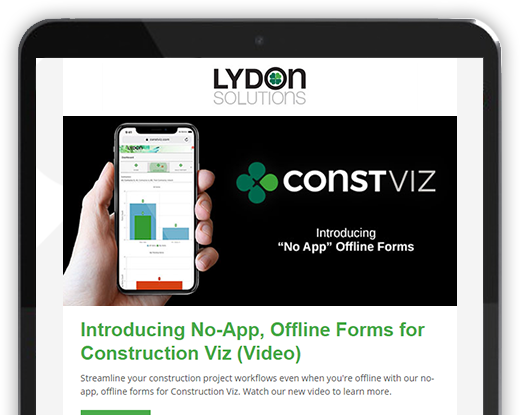Construction Viz Avoids the Folder Nightmare with Automated Document Controls
Have you ever been part of a project that stores documents in an overly complicated file folder structure? You end up having to click through multiple levels of folders to get to a single item you need. Forget about moving that file to another location or even finding that document again in the future. Not very efficient.
The reality is, storing documents in a file folder structure can work well for a few scenarios, but there are some significant drawbacks across the enterprise, such as:
- How do you best organize the folder structure – by project name, document type, or team?
- What happens when a folder name changes? How does that affect related files, bookmarks, and overall searchability?
- Do you use long folder names to be more descriptive? The resulting URL can become too lengthy, preventing you from sharing file links via email.
- How do you effectively search the folders outside of using the filename?
- Can anyone create a folder, and if so, how do you prevent duplication?
For the above reasons and many more, most project management organizations often employ document metadata instead of, or in addition to, folder structures. Metadata allows you to tag attributes about a document so you can search, filter, and group them based on that information.
However, effectively using metadata requires more upfront planning, additional user training, and, depending on your processes, adding manual tags based on where you save a file. All reasons why some organizations wind up falling back on file folders or do not consistently use metadata as their document controls team intends.
If you use Construction Viz, we have got you covered. That is because we added a built-in auto-tagging feature that takes the hassle out of metadata.
Construction Viz simplifies project metadata with auto-tagging
The Construction Viz auto-tagging feature automatically enriches your documents with contextual metadata. What about construction forms like RFIs, submittals, and daily reports that typically store images, drawings, documents, and other files? We built automated metadata tagging into the form apps to streamline metadata for the forms and file attachments.
So how does auto-tagging in Construction Viz work?
When attaching files (documents, images, and video) to a form, Construction Viz automatically saves the files to a SharePoint library and includes the form-specific metadata and any metadata added to the attachment. No additional metadata tagging by the user is required. Below are some example screenshots of this feature in action.
Daily report forms with project metadata tagged:

Daily report document attachments automatically tagged with project metadata:

Daily report image attachments auto-tagged with project metadata:

Benefits of the Construction Viz auto-tagging feature
The Construction Viz auto-tagging feature saves significant time for both the users and the document controls team. It ensures your organization's documents are stored with the proper metadata so you can find them in the future either by the associated form or by the attachment itself. For example, you can search for a specific image instead of finding the daily report that has the image as an attachment. Likewise, you can find a particular submittal package independent of the submittal form that has it as an attachment.
Also, since Construction Viz stores all the metadata with the lists and libraries in Microsoft 365 and SharePoint, you can create custom SharePoint views, Power BI reports or export the raw data to Excel.
Manage your projects with Construction Viz and Microsoft 365
Construction Viz lets you manage your projects right in Microsoft 365 with familiar tools such as Excel and SharePoint – all optimized for your construction project teams' needs. To see our catalog of our available construction apps for Microsoft 365 and SharePoint, check out the Construction Viz apps page. You can submit a free consultation and demo request to learn more.
And head over to LydonSolutions.com for more information if you are interested in a customized construction project management solution using Microsoft 365.

